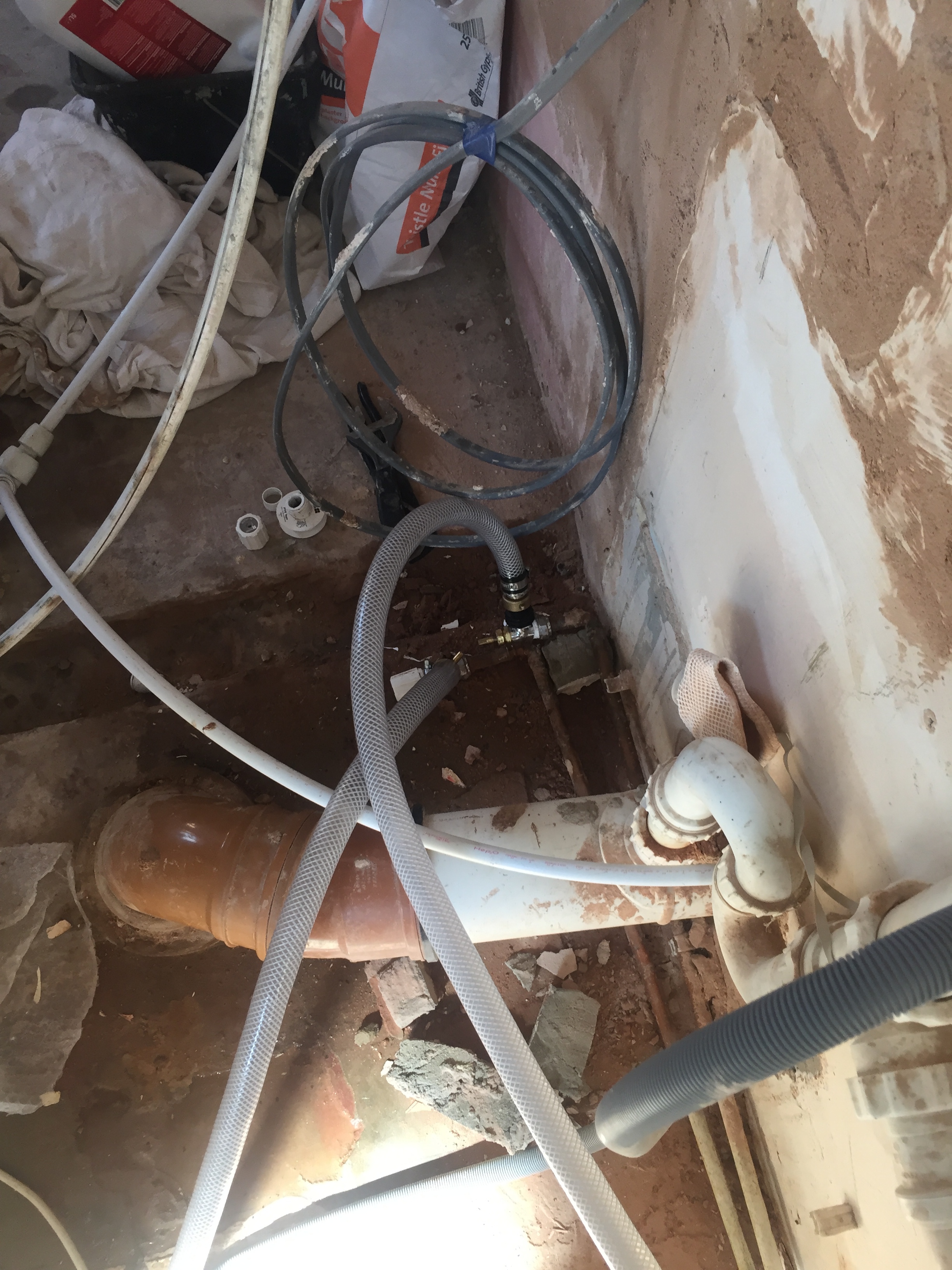Power flushing and descaling services
Making sure your central heating system is safe for years to come.
Maintenance
Once a system is cleaned and protected it is important to ensure that the concentration of inhibitor is checked and maintained so that it continues its preventative action. Inhibitors are designed to have an extended lifetime in the heating system; however most WT manufacturers recommend checking concentration at annual boiler service intervals and will offer a simple test kit to do this.
A major cause of corrosion is oxygen introduced when the system is "topped up" with fresh water. Water may occasionally be drained from the heating system for maintenance, or to allow removal of radiators whilst decorating. If the system is then re-filled without adding further inhibitor the concentration will be reduced - possibly to zero if the system was completely drained. It is therefore important to ensure that inhibitor is always "topped up" after system drainage.
Note: an unvented system should not require frequent "topping up" due to gradual loss of system pressure. If frequent topping up is required then the system is leaking and this should be rectified so that associated corrosion does not take place.
“Water may occasionally be drained from the heating system for maintenance, or to allow removal of radiators whilst decorating. If the system is then re-filled without adding further inhibitor the concentration will be reduced - possibly to zero if the system was completely drained. It is therefore important to ensure that inhibitor is always “topped up” after system drainage.”
It is also recommended that whenever WT products are used, a label (normally provided with the product) is attached to the system to act as a record of which product was used, in what concentration - and when. The Benchmark Commissioning Checklist, completion of which is required when a new boiler is installed, should also be used to record the inhibitor type and concentration used on commissioning.
Note: current BEAMA Water Treatment guidance suggests that mixing of different WT manufacturers' products is not advisable. If the make of the inhibitor is not known then it is better to drain the system and re-fill, adding new inhibitor to the manufacturer's recommended concentration.
SYSTEM FILTRATION DEVICES
A number of different filtration devices are now on the market, in addition to the chemical water treatments described above. These can incorporate magnetic or "cyclone" arrangements (or a combination of these) to remove fine particles suspended in the water circulating around the system. These devices help to maintain system cleanliness and provide an additional level of protection.
WATER SOFTENERS AND CENTRAL HEATING BOILERS
Where a water softener is present in the dwelling, ensure that the heating system primary circuit is filled with mains water via the general bypass valve as required in British cleaning regulations.Refer to your boiler manufacturer's instructions for any additional advice on softened water.


